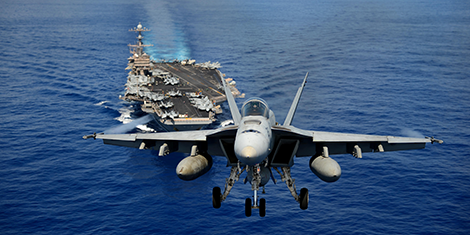
This article was originally published by the Stockholm International Peace Research Institute (SIPRI) on 2 May 2018.
Total world military expenditure rose to $1739 billion in 2017, a marginal increase of 1.1 per cent in real terms from 2016, according to new figures from the Stockholm International Peace Research Institute (SIPRI). China’s military expenditure rose again in 2017, continuing an upward trend in spending that has lasted for more than two decades. Russia’s military spending fell for the first time since 1998, while spending by the United States remained constant for the second successive year. The comprehensive annual update of the SIPRI Military Expenditure Database is accessible from today at www.sipri.org.



 Cartoon of The Defense Budget by Amitai Sandy. Used with permission. Text from right-to-left: A-You, B-Me, C-the next war.
Cartoon of The Defense Budget by Amitai Sandy. Used with permission. Text from right-to-left: A-You, B-Me, C-the next war.